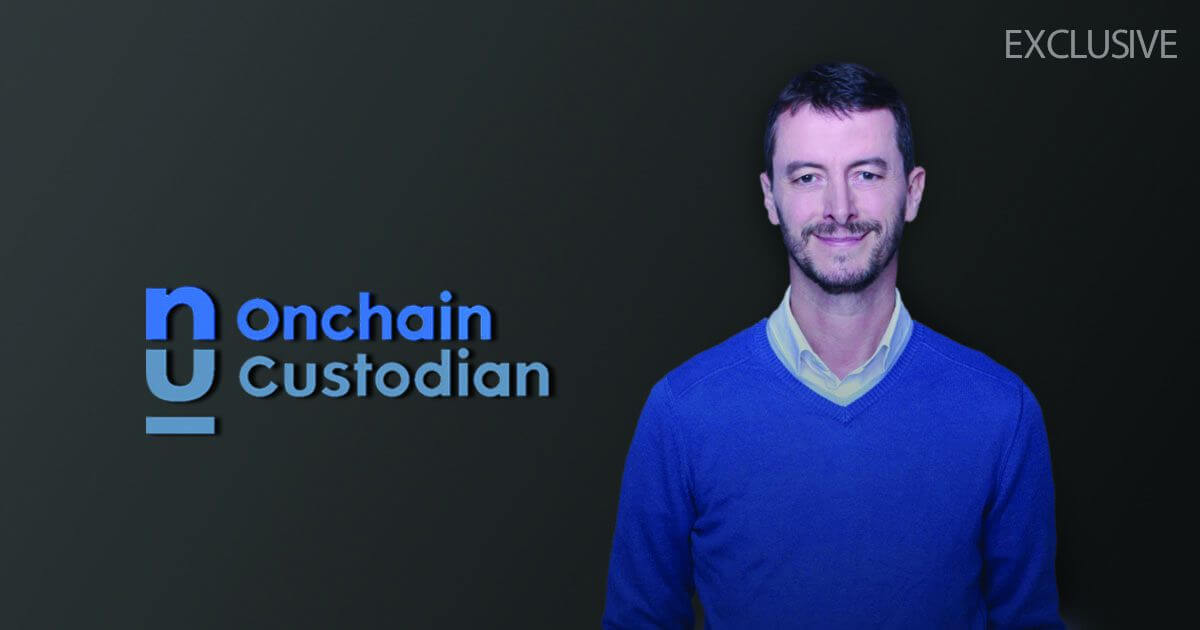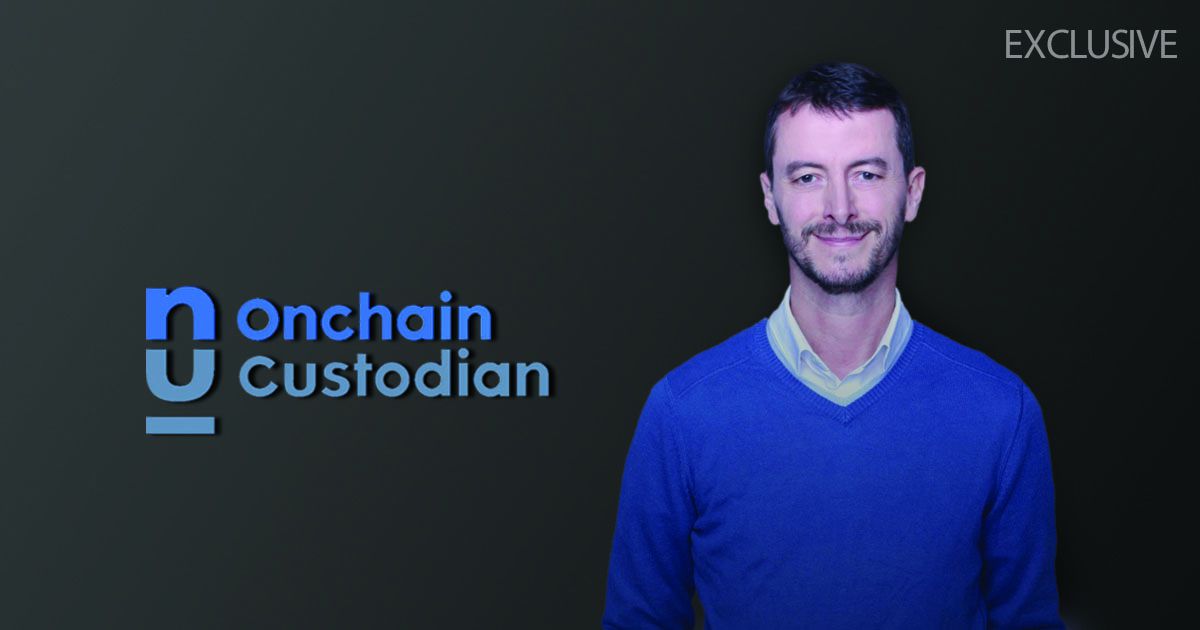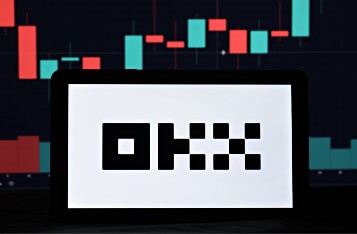Exclusive: Why are Independent Third Party Crypto Custodians so Important?
Alexandre Kech, CEO of Onchain Custodian shares with us the importance of independent third party custodian solutions. He identified three grey areas for assets under custody by the exchange and how Onchain Custodian identifies the custodial needs for crypto players and traditional financial giants!

Exclusive interview with Alexandre Kech: Part 1
The needs of crypto custodians caught public attention again with the recent hack of 250 million Japanese Yen from Bitpoint exchange in Japan. While certain exchanges such as Coinbase launched their own custodian services, to what extent they can safeguard the assets at the exchange?
Alexandre Kech, CEO of Onchain Custodian shares with us the importance of independent third-party custodial solutions. He identifies three grey areas for assets under custody by the exchanges and how Onchain Custodian identified the custodial needs for crypto players and traditional financial giants.

Prior to being the CEO at Onchain Custodian, you have been working at SWIFT for 17 years. Which pain points does SWIFT have in the system? What are the reasons that inspire you to enter into the blockchain industry?
I believe think SWIFT does not have any major pain points in terms of what they do in the banking space, they might have some challenges for the retail type of payments. Because in that space, the banks using SWIFT realize that it is not necessarily the most agile, easy, and cheapest to use.
"Most of the domestic as well as cross border retail remittance payments in the future will be off-bank."
It will be done either by crypto companies or other means than banks.
The reason why I left SWIFT to join Onchain Custodian is that I believe in the tokenization of the economy.
"I think that, in the future, everything will be tokenized on blockchain. As I mentioned during the panel in Next Block Asia, Bangkok, real estate, fine arts, traditional equity - like private but also public investments – will be tokenized on blockchain, and I want to be a part of it."
Can you share with us how you met Da Hongfei, founder of NEO on the journey of Onchain Custodian?
Da Hongfei wanted to create a custody business here in Singapore, Onchain Custodian. He was clearly looking for someone from the traditional capital market space who knows about the traditional custodian business. I went through a series of interviews, with him and Raymond Cheong our CSO, first via video, then I had the opportunity to meet them in Singapore in October. We had an hour discussion on the strategy and how we wanted to see this business going. In November 2018, I was hired as CEO of Onchain Custodian.
Crypto exchanges are starting to explore custodial solutions. Most of them are developing custodial solutions themselves. As a third party independent custodian solution, how would you compare Onchain Custodian against them? Why are independent third party custodial solutions so important?
I think what we bring to the industry is focus and dedication with regards to custody. Crypto exchanges can develop custody solutions by themselves. Nevertheless, their business focus will always be on the exchange itself and the custody business will be their second choice. That's a challenge for them because history has proven that exchanges are the most hacked players in the industry. This is because many do not focus on custody as it is not part of their core business.
What we want to do as a third-party custodian is to build infrastructure, an operational environment that is secure and evolves with technology. Our R&D is dedicated to custody because that is our core business. That is what we offer to crypto exchanges but also investors who do not want to leave their assets in exchanges and prefer them in a separate third-party custodian.
What we also bring is transparency and neutrality. When you have your assets in an exchange, there are three transparency issues:
1) Whether those assets are in segregated accounts or commingled;
2) What part of the assets is in cold versus hot storage;
3) How easy is it to transfer those assets to another exchange for trading.
What we bring as a custodian is complete neutrality as we are independent of exchanges. If our customers want to withdraw their assets and transfer them to different exchanges, we can facilitate those processes for them.
As Onchain Custodian solution caters for different kinds of customers, such as central deposit repository, hedge funds as well as miners. What are the differences in custodian among these customers you have just mentioned?
There are two main types of customers, the first type of customers is crypto-centric. They have been in the crypto space for the last two to three years and are familiar with the crypto world. For instance, they are crypto exchanges, crypto funds, family offices, and high net worth individuals. They participate in token investments.
The second type is leaning towards the more traditional players such as hedge funds, asset managers, central depositories and custodians. In order for asset managers and hedge funds to go into the crypto space, there is a need for custodians. They would generally rely on traditional custodians such as State Street, Bank of New York, or DBS in Singapore. However, these giants are not ready. They are not geared up technically but also in terms of operations to manage those assets for their customers.
What we are currently doing is engaging with existing custodians, private banks, and central securities depositories to assess areas of collaboration. We also work with asset management firms in the traditional capital market space. While they have licenses and knowledge on the traditional market, we have the knowledge of crypto and blockchain so we can work together to offer strong solutions for our and their customers.
How does the SAFE™ Digital Asset Custody Platform fulfill the different needs of different customers? Can the platform be customized to meet different customer needs?
Very good question. We have a version one and are working on a version two of our SAFE™ Digital Asset Custody Platform.
Version one is multi-sig cold storage-based, meaning that you need multiple signatures to sign transactions on the blockchain. This version will evolve quickly to version two because we want to be able to fulfill the requirements of multiple types of customers.
The version one today allows for co-managed and full custody, co-managed means that a customer has a hardware device that will be used for signing transactions and we have the other hardware devices to complete the transaction.
Full custody means we take care of everything. You just need to go on our user interface, authenticate yourself, and authorize the transaction, then we take care of the rest. This is still in cold storage, meaning that they will be multi-signature processing of transactions, which is a manual process. What we are doing is evolving the platform towards something that is fully automated, though remaining fully secure, that will cater to warmer storage solutions to cater to the needs of exchanges and different types of customers.
Version two is being built based on the feedback of our customers. We created a very simple version one on purpose three months ago to allow us to build a version 2 based on customer feedback. In parallel, we have explored different solutions to make version two more dynamic and automated such as a hardware security module and multi-party computation solutions.
Our version two will likely be based on a multi-party computation system. Multi-signatures are still used allowing the signing of transactions from different players who needs to act on the transaction. But it can be automated without necessarily the need for a human being to intervene.
Image source: Shutterstock




